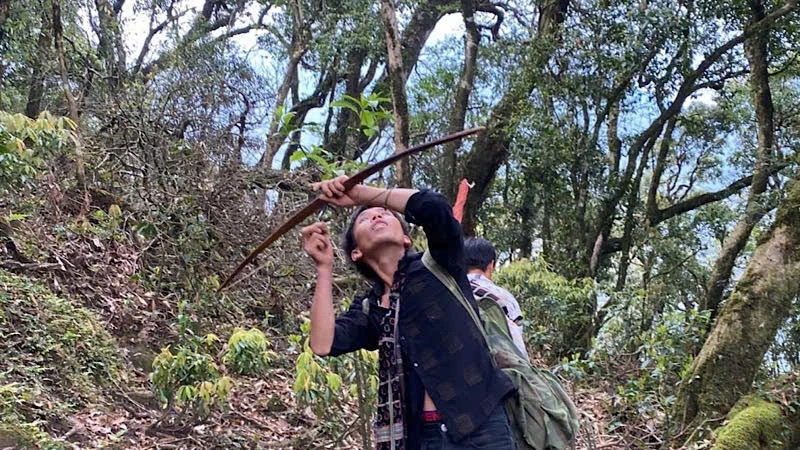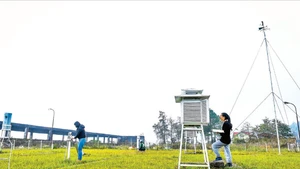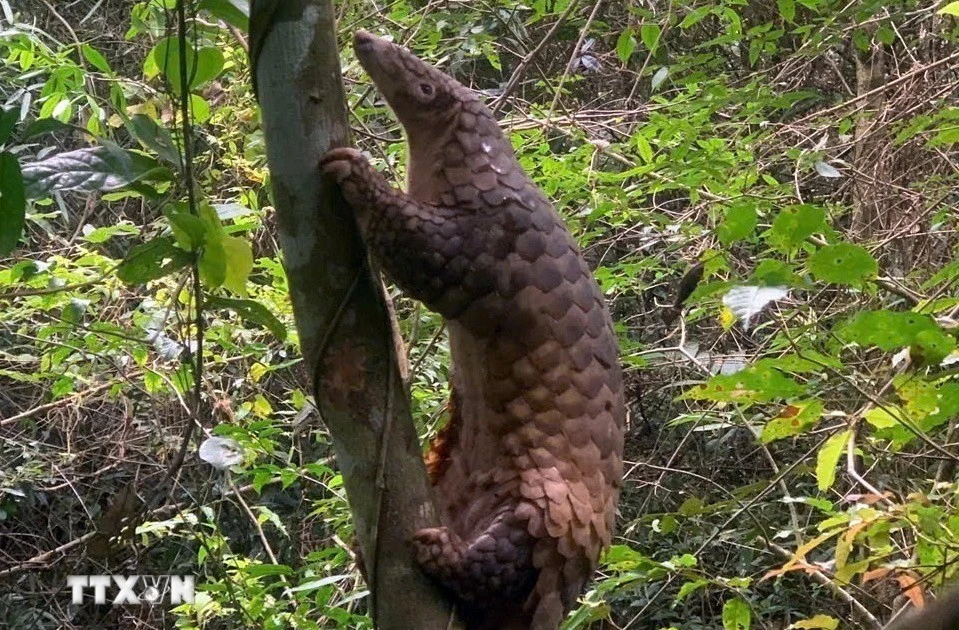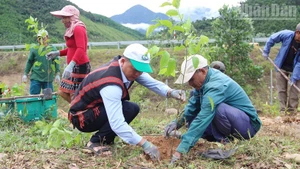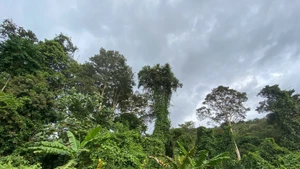Over 12 million snares threaten wildlife survival
Over 12 million snares — often made from bicycle brake cables or wire — are threatening wildlife in protected areas across Cambodia, Laos, and Vietnam, according to a report by the World Wide Fund for Nature (WWF).
Various types of traps, including jaw traps, spikes, wires, spears, electric traps, spring traps, and mist nets, are being used to capture wild animals. Homemade firearms, such as shotguns, rubber-powered guns, arrows, and crossbows, are also in common use. In many areas, wild animals including birds, snakes, and amphibians are trapped across all types of wild habitats, particularly during migration seasons when birds travel from the north through Vietnam.
According to the Ministry of Agriculture and Environment, Decree No. 84/2021/ND-CP on the management of forest flora and fauna classifies 105 animal species into Group IB — species threatened with extinction and banned from exploitation or commercial use, and 81 species into Group IIB — species not yet threatened with extinction but at risk if not strictly managed. Violations such as hunting or capturing endangered and rare species can be prosecuted under the 2015 Penal Code (amended in 2017), with penalties of up to 15 years in prison.
Some regulations remain inadequate and unclear
Wildlife conservation expert and former Deputy Director of CITES Vietnam, Vuong Tien Manh, noted that some legal terms are inconsistent or unclear, creating challenges in law enforcement. For instance, Resolution No. 05/2018/NQ-HDTP by the Council of Judges defines “inseparable body parts necessary for life” as parts whose removal results in death (e.g., head, heart, skin, skeleton, liver, etc.). However, it remains unclear whether this refers to if the animal dies immediately upon losing these parts or includes later deaths due to starvation or infection.
The regulation stating that “hunting during banned periods includes breeding or migratory seasons as defined by authorities” also poses an issue, as no competent authority has officially defined these periods for any species.
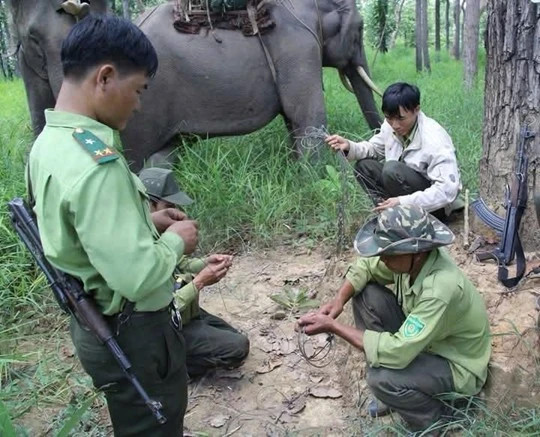 |
| Snare traps collected in Yok Don National Park, Dak Lak Province. (Photo: Provided by Yok Don National Park) |
Real-world enforcement has revealed complications in handling violations. An article titled “Some difficulties in the criminal law enforcement on wildlife protection” by the Quang Ninh Provincial People’s Procuracy highlighted issues such as identifying the object of violation, handling cases involving multiple endangered species from different taxonomic classes, valuation of wildlife, and handling of physical evidence.
The agency suggested amending the Penal Code to include violations of wildlife protection laws under Chapter XIX: “Environmental Crimes.” It also called for the Supreme People’s Court to issue official guidance on determining breeding and migration seasons to ensure consistent enforcement.
In cases where multiple species from different classes (mammals, birds, reptiles, etc.) listed under Group IB or CITES Appendix I are seized, if no single class meets the criminal threshold under Article 244 of the Penal Code, authorities should group the individuals together and convert them into a single class or species in a way favourable to the offender, to ensure fairness and objectivity in criminal prosecution. Clear guidelines are also needed for handling evidence, especially live or dead endangered species and wildlife products. A unified valuation method for such species is also essential.
Attaching responsibility for wildlife protection to local authorities
Dr Vuong Tien Manh further emphasised the need to review current laws, propose and draft amendments on the management of prioritised protected species under biodiversity laws, build a complete and consistent legal system for wildlife management, and submit to the government the criteria and a list of domesticated wildlife species for management under the Livestock Law and CITES.
Nguyen Van Thai, Director of the Wildlife Conservation Centre, also proposed stricter accountability for wildlife loss among local law enforcement. Furthermore, he stressed the need to improve the capacity of forest rangers and police in identifying species and conducting investigations, patrols, and surveillance of illegal wildlife activities.
